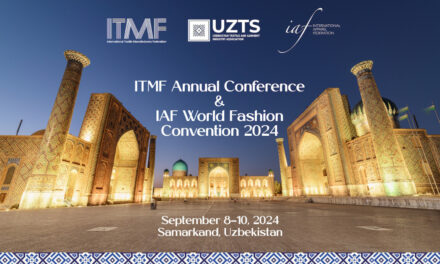 Issues like complex procedures of DGFT and customs, import restrictions and domestic vested interests are holding up the export growth of the Indian garment sector, think tank GTRI said. At the root of the exporters’ problem is difficulty in obtaining quality raw fabric, particularly synthetic fabric, the Global Trade Research Initiative said.
Issues like complex procedures of DGFT and customs, import restrictions and domestic vested interests are holding up the export growth of the Indian garment sector, think tank GTRI said. At the root of the exporters’ problem is difficulty in obtaining quality raw fabric, particularly synthetic fabric, the Global Trade Research Initiative said.
“Unlike in Bangladesh and Vietnam, where exporters easily access quality imported fabrics, Indian exporters struggle daily. High import duties on fabrics, coupled with DGFT (Directorate General of Foreign Trade) and Customs; intricate procedures, force exporters to meticulously account for every inch and type of fabric imported,” GTRI founder Ajay Srivastava said.
He added that the imposition of mandatory quality norms on raw materials like polyester and viscose staple fibres is complicating imports as the BIS (Bureau of Indian Standards) slowly registers foreign suppliers, and this delay compels exporters to buy from domestic monopolies at higher prices.
A GTRI report alleged that the procedures of DGFT and customs are archaic, and it requires exporters to meticulously account for every square centimetre of fabric, buttons, and zippers used.
A complex maze discourages even the most enterprising exporters. So, there is an urgent need for a comprehensive overhaul, it said, adding that there is also a need to modify the production-linked incentive (PLI) scheme for the textiles sector.
On the procedures, it said that these issues create serious problems for industry players, and that needs to be resolved.
















